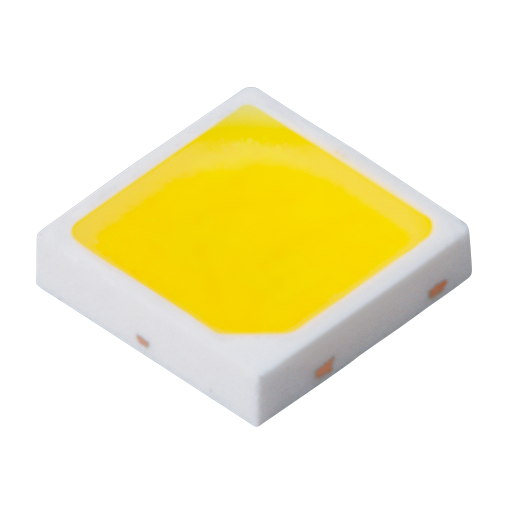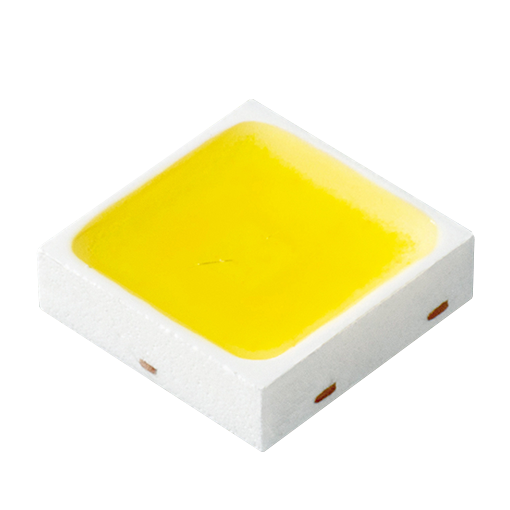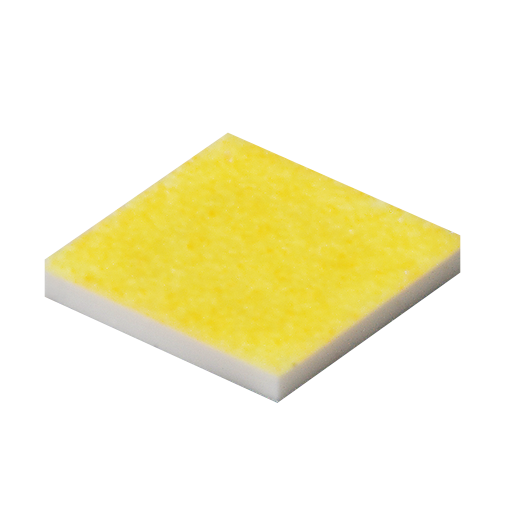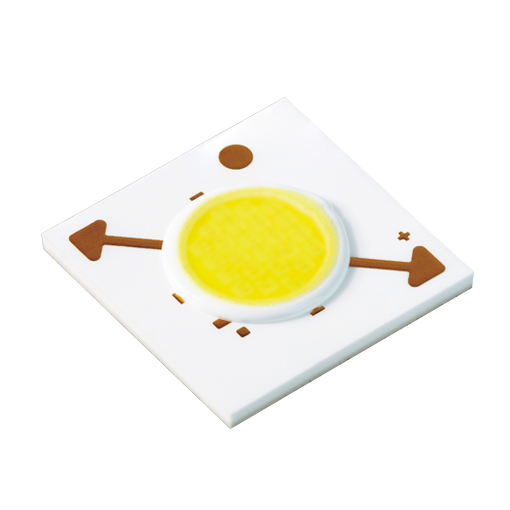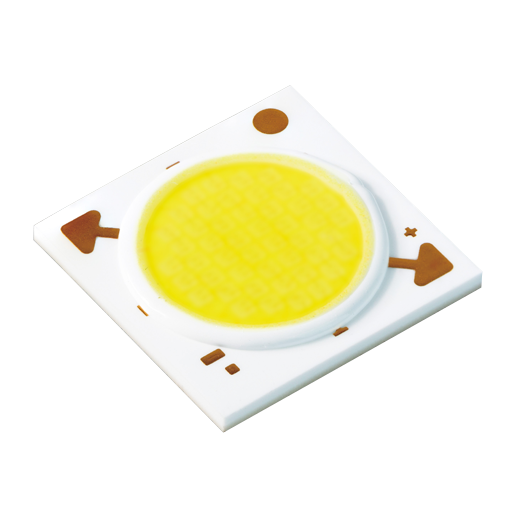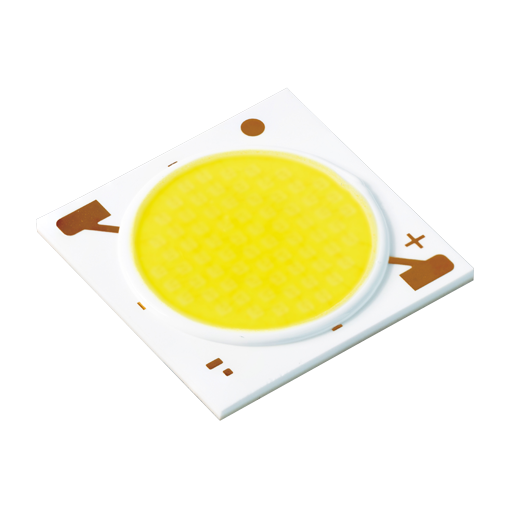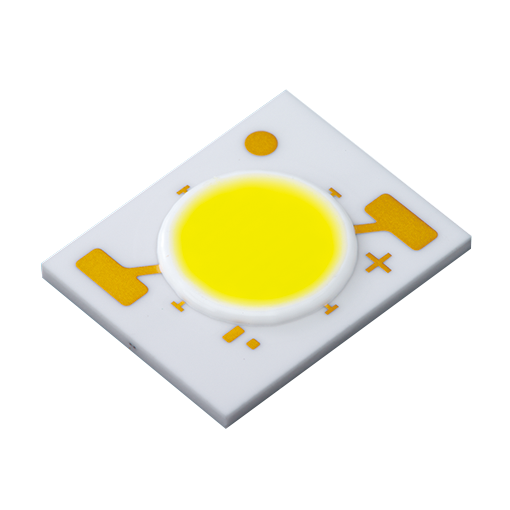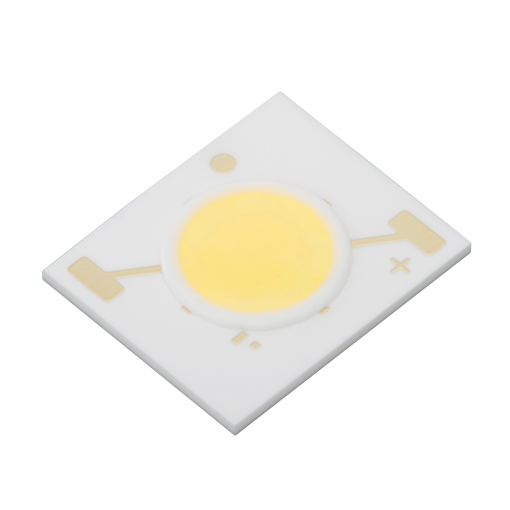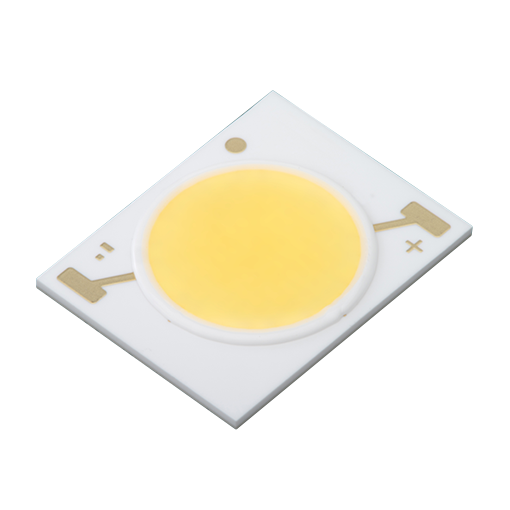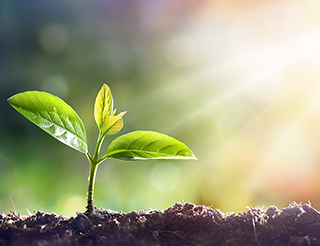Hortisolis™
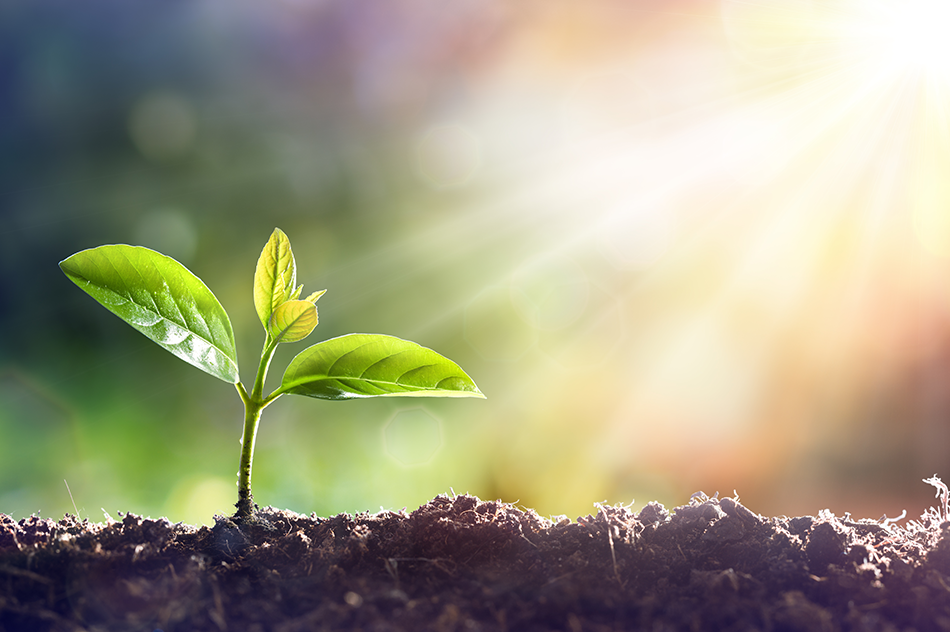
・Ideal spectrum for horticulture
・Enhanced visibility for workers
Product Features
What is Hortisolis™?
There has been a steady increase globally in the number of artificial farms that produce vegetables and fruits stably and systematically throughout the year without being affected by abnormal weather or natural disasters. Through many experiments in its own vertical farm in Shanghai, China based on Nichia's competencies with the combination of LEDs and phosphors, Nichia has finally succeeded in commercializing the Hortisolis™ Series of White LEDs which Nichia believes to be the most suitable LEDs for plant growth.
Artificial farm and Lighting
There are two types of artificial farms: a closed one (Fig.1 and Fig.2) which solely uses artificial light without any natural sunlight, such as a vertical farm within a building. The other type is a solar-based green-house (Fig.3) that uses natural sunlight as the basic light source and also uses artificial light as a supplement. In any case, while sunlight is free of charge, artificial light generates costs in equipment and energy. Therefore, it is important to identify the necessary wavelengths for plant growth, and concentrate on those specific wavelengths to provide the light that can efficiently grow plants with as few lighting fixtures and energy as possible.
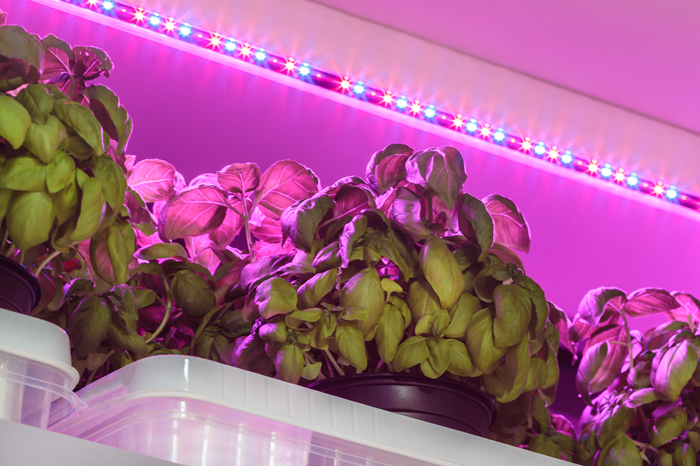
Fig.1: Typical closed-type artificial farm
(Features: The color of lighting is purple)
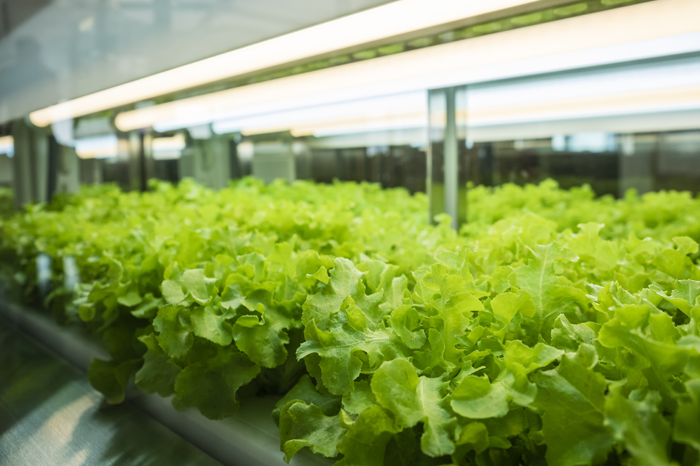
Fig.2: Recent closed-type artificial farm
(Features: White light or white light with red)
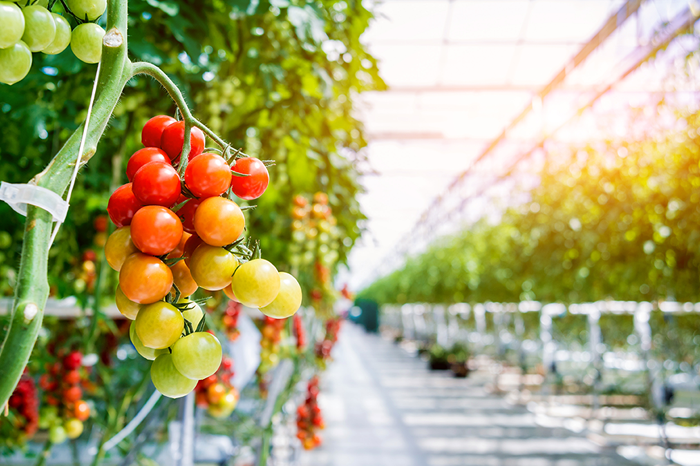
Fig.3: Typical solar-based greenhouse
Product Features of Hortisolis™ for plant growth
Hortisolis™ is an LED that incorporates all the light required for plant growth into a single package by elaborating a combination of phosphors, making it possible to increase the production efficiency per area of the artificial farm with maximum efficiency, while at the same time realizing a good working environment in the artificial farm.
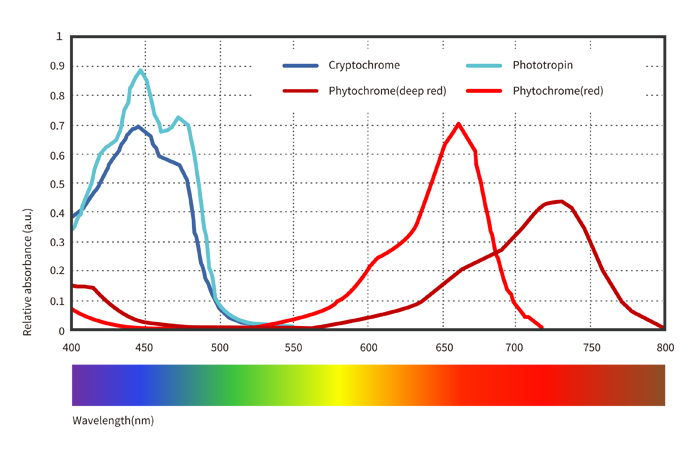
Since blue light and red light are the main wavelengths absorbed by plant chlorophyll, purple fluorescent lamps or the combination of blue and red LEDs have traditionally been used as the most energy-efficient lighting for plant growth. However, lighting with only two colors, blue and red, is very irritating to workers and causes problems in the work environment such as difficulty in determining the degree of growth of plants. Recently, there is growing interest in lighting that is similar to natural sunlight, such as white light plus red light or full spectrum lighting to solve these issues. However, white light, which is similar to natural sunlight, contains wavelengths that are not necessarily required for plant growth, and is not the most suitable LED for plant growth when taking energy efficiency and cost into consideration.
Based on its competencies with the combination of LEDs and phosphor, Nichia experimented in its own vertical farm in Shanghai to find the optimal combination of light for plant growth and finally succeeded in commercializing the Hortisolis™ Series of white LEDs. Hortisolis™ is designed to have far-red and green light as well as blue and red based on the fact that plants have three types of photoreceptors (Fig.4): cryptochrome (blue light), phototropin (blue light), phytochrome (red light & far-red light)(Fig.5).
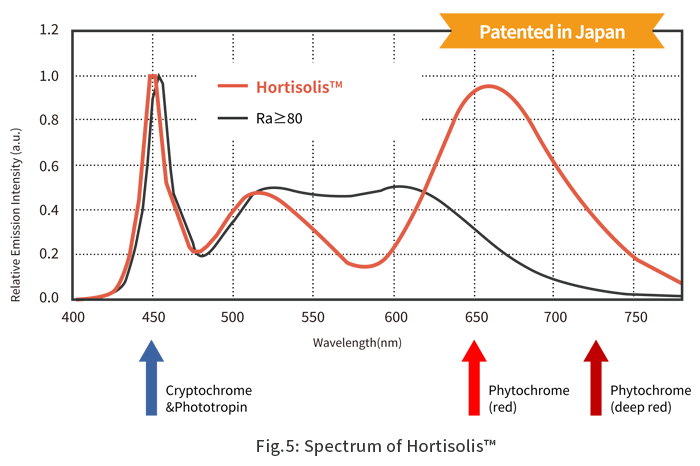
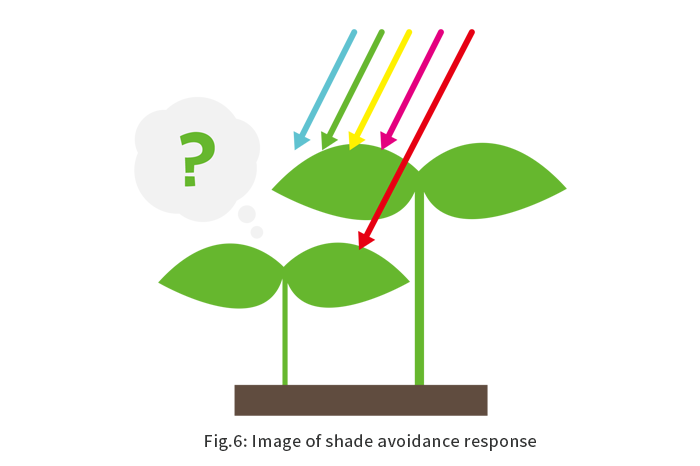
The purpose of adding far-red light is to elicit a shade avoidance response (Fig.6) in plants. Plants monitor the ratio of red light to far-red light, and when they determine that they are in the shade of other plants, they respond by extending their stems to obtain a better light environment. This behavior is called the shade avoidance response. Far-red light is not absorbed by chlorophyll, so it does not contribute to photosynthesis, but it does stimulate plant growth by providing an avoidance response effect. The purpose of adding green light is to make almost white light by the combination with blue and red to soften the stimulus to workers, and also to make it easier to see the degree of growth of plants and fruits.
The experiment results in Nichia's own vertical farm in Shanghai, China
[Example 1] Leaf lettuce growth test: 1.5 times increase in the total weight
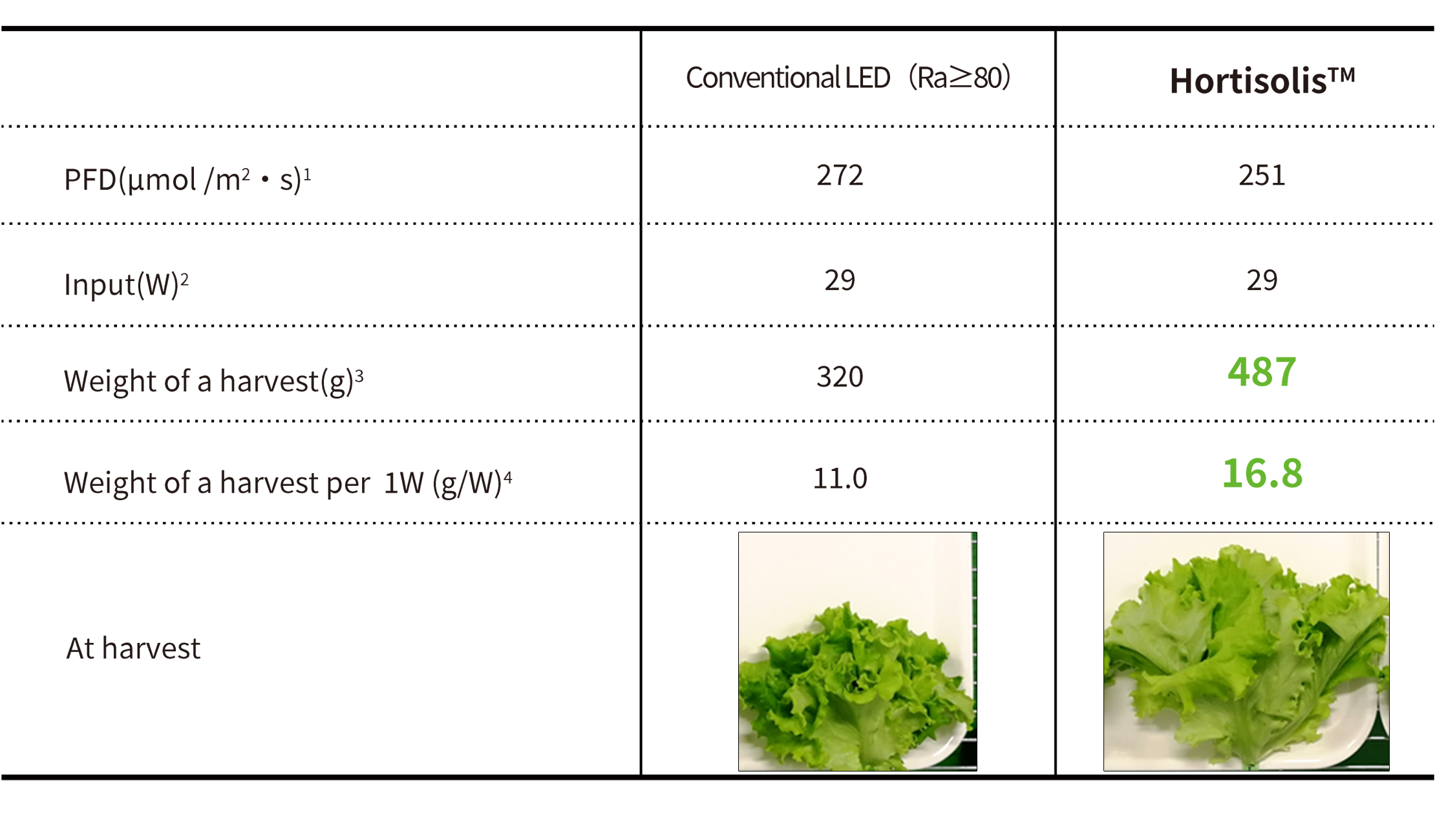
1 PFD: photon flux density, the number of photons that pass through a unit area in a unit of time.
2 These comparative growth tests were performed using Nichia light sources.
3 The above result (amount of harvest) is a month after observation period.
4 The weight of a harvest is greatly affected by the conditions. Nichia suggests not to focus on the absolute value, but instead see the comparison with conventional lighting.
[Example 2] Edible viola growth test: 1.4 times increase in the number of petal

1 PFD: photon flux density, the number of photons that pass through a unit area in a unit of time.
2 These comparative growth tests were performed using Nichia light sources.
3 The above is a result of 2 months observation period.
4 The weight of a harvest is greatly affected by the conditions. Nichia suggests not to focus on the absolute value, but instead see the comparison with conventional lighting.
[Example 3] Cherry tomato growth test: Fast growth and more than double the harvest weight
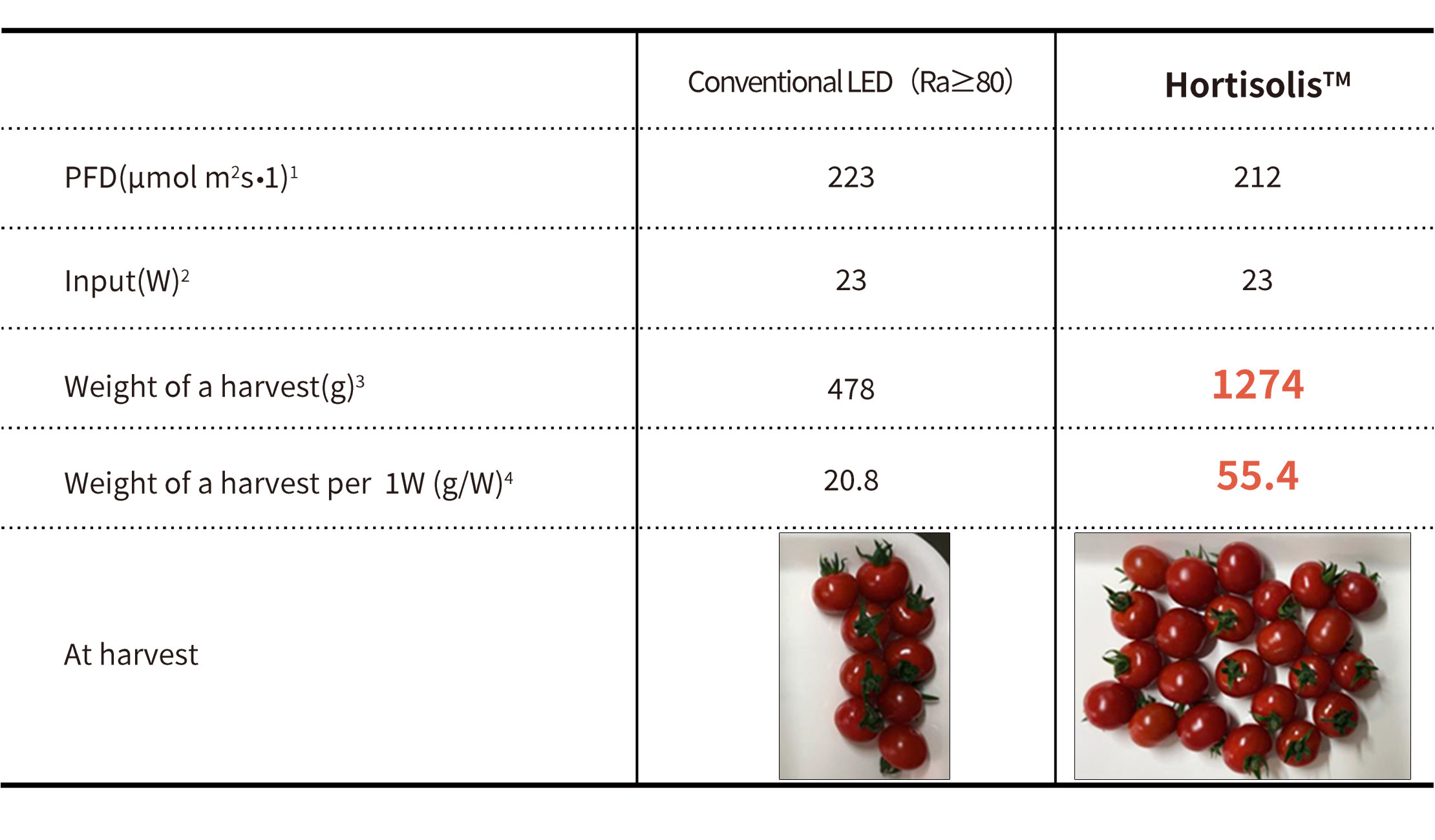
1 PFD: photon flux density, the number of photons that pass through a unit area in a unit of time.
2 These comparative growth tests were performed using Nichia light sources.
3 The above is a result of 2 months observation period.
4 The weight of a harvest is greatly affected by the conditions. Nichia suggests not to focus on the absolute value, but instead see the comparison with conventional lighting.
[Example 4] Cherry tomato growth test: Easy to verify the degree of growth
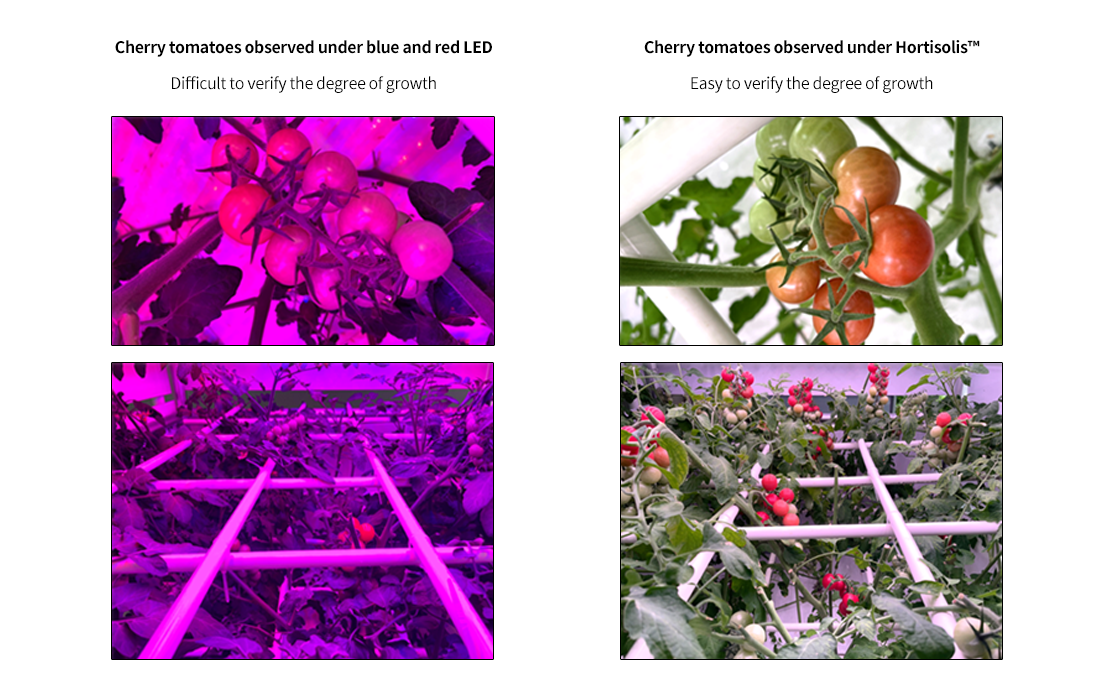
Products
Situation to Use



